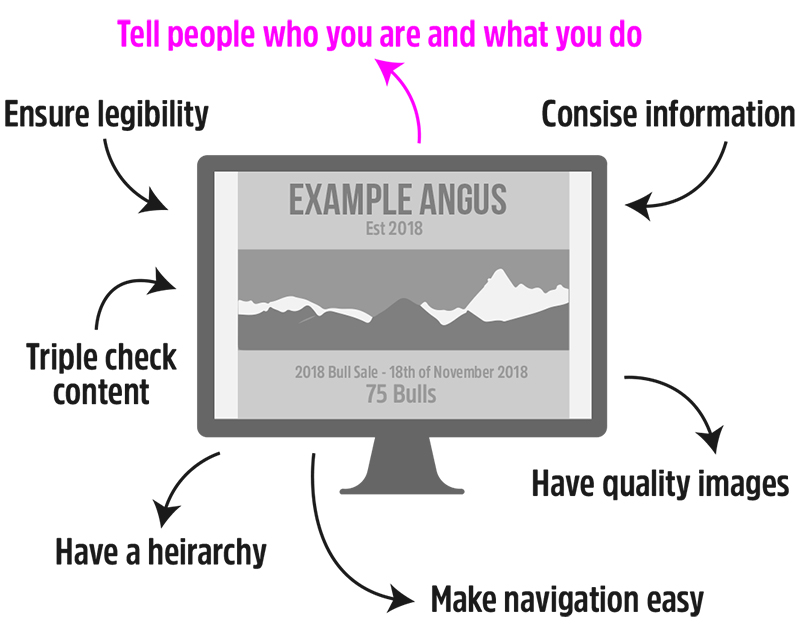
Are you online? Is your stud online? With 80% of New Zealanders being active internet users in 2020, you could be missing out on significant marketing opportunities if you aren’t.
These days we all want quick snippets of information – What is Joe Blow from the example stud’s phone number? Google and it will come up with the stud contact page, usually. It is still excellent to have a word-of-mouth reputation but people need to be able to actively engage with you in their own time without the pressure of a face-to-face interaction. This is where your website or social media channels come in to tell them who you are and what you do.
We highly suggest looking around at different websites to gauge what you think works and what doesn’t, while gauging the user experience and ease of use. If you are on the fence of whether to outsource the production of your website or to do it yourself, it is an excellent opportunity to gauge what level of professionalism you will be able to achieve from both options.
Is DYI a good idea?
Well, first let me ask, do you have the time or interest in learning a new computer program?
Building your own website gives you full control of all the content going online and it gives you the freedom to update information at any time of day. But it does mean that when you are in full control of your content you don’t necessarily have an objective second set of eyes looking at it from a marketing point of view. Websites are also very time consuming and frustrating when you don’t understand something or things just go wrong.
Outsourcing is very much like turning the washing machine on and doing another job, everything happens the way you’ve described you wanted it, even if you don’t fully understand what you’ve asked for, and it gets done in the background of your everyday life.
A big thing to consider is whether you want to be in control of your website once it has been made, or if you are happy to send content and changes to the web designer and they are in turn responsible. Both have their positives and negatives so it is worth looking into, and cross checking against your time limitations and technical ability or willingness to learn.
For a website that is built and handed over to you, you should definitely look into sitting down with the designer and learning the basics – specifically, which parts you need to touch – so that you don’t accidently delete something or post something that you shouldn’t.
For websites that you outsource to create and manage, it can be a very mess-free solution as they take care of ‘break downs’ and provide professional guidance. The major downside would be that you need to fit in with their life and clients, meaning you may have slight delays in content uploads.
The very basic Do’s & Don’t’s
In saying the above, there are some things to consider from the idea generation stage. By no means is this a definitive list, think of it as some helpful pointers to get your thoughts rolling.
- Hierarchy is important and creates visual relief for the viewer
- Clean and simple – This cannot be stressed enough, there is no need to over complicate things
- Legibility – consider easy to read fonts and sizing
- Images – Images need to be good quality, as they can improve the look of the website instantly
- Relevant info – being concise is gold. People can call you if they want more information
- Contact info – should be easy to find but as with anything, should not be overwhelming
- Images of family or staff – having images of staff / your family can help create a sense of familiarity and gives a sense of empathy to the viewer
- Balance – between information, branding / design elements and breathing room
- Web copy – Do take the time to triple check ANY wording going on your website, and it is always a good idea to have a second (minimum) set of eyes have a look. If you feel like writing the copy isn’t your thing, don’t hesitate to outsource it.
Designing a website is very much a case of how long is a piece of string, as it will never be ‘finished’ and given the nature of a website it never should be. It should be a point of interest for people that evolves with the business, communicates new and important information, and probably most importantly, up to date contact and location information.

